Classroom Ideas
Here’s just a few ideas where you could use I Can Present and I Can Animate in the curriculum. Both applications have green screen capability.
English
• Use moving images as a stimulus for speaking and listening
• Use short films to develop understanding of narrative and point of view
• Use moving images as a stimulus for writing, e.g. letters, news items, film reviews
• View the opening scene from an adaptation before reading the book, and consider what it tells the viewer about genre, narrative and character
• Translate a short film excerpt into a written story, poem, news report or letter
• Make a film adaptation of a story or a scene from a book
• Use filmmaking to explore the imagery in a poem
• Explore and compare the techniques used in print and moving image texts
• Explore how film language techniques are used for effect and persuasion in propaganda and documentary films
• Analyse or compare film versions of literary texts, considering features such as depiction of characters, narrative structure and the use of film language
• Write film scripts
Math
• Use video cameras to collect examples of shapes, numbers, patterns, angles
• Watch films that feature simple numbers and shapes
• Make animations to explain mathematical or geometric principles
• Use video cameras to record and plot movement, e.g. to show that the trajectory of a thrown ball is a parabola
History
• View archive film to develop understanding of a historical period
• Use clay animation to depict an historical event
• Make film documentaries incorporating archive footage
• Make fiction films based on a historical period or event, perhaps one in the local area
• Compare, analyse and discuss different (fictional or documentary) film representations of a historical period, event or character
• Explore the techniques used in propaganda films
Geography
• Use film to record and present information about an area, e.g. the local area, or an area visited on a field trip
• Use green screen with background images to create a virtual field trip
• Green screen pupils over various maps to show their knowledge of countries and areas
• Use clay animation to represent geographical processes, e.g. glaciation or the formation of oxbow lakes
• View, discuss and consider fiction or documentary representations of places, natural phenomena or environmental issues
• View contrasting fiction films about a country and consider how they represent it.
Music
• Use a short film sequence as stimulus for a simple composition
• Create a soundtrack for a short film sequence
• Create a film interpretation of a piece of music
• Analyse the techniques used in the score for a film sequence
• Create several different soundtracks for the same sequence to change the genre or mood
• Create a piece of music to use as the basis for a montage or title sequence
• Use a cue sheet to plan a score
Modern Foreign Languages
• View and interact with films to develop country-specific knowledge
• Make films (using either live action or animation) of fictional stories, or real-life scenarios such as visiting a shop or going to the dentist
• Script and perform a voiceover in the target language for a film sequence
• Create a film advertisement in the target language
• View film extracts in the target language to develop comprehension skills; use visual and audio cues – e.g. lighting, performance, music, sound effects – to aid understanding
• Script your presentation in English and then present in your chosen language
Science
• Use film to record experiments
• Use film techniques, e.g. close-ups, time-lapse and slow-motion, to analyse and demonstrate processes and principles
• Create fiction and factual films to stimulate discussion and writing about aspects of a scientific debate, e.g. global warming, overfishing, genetic engineering
Design & Technology
• Use video to record product testing and disassembly, e.g. using slow-motion, time-lapse
• Use film as part of the design research process
• Design characters and sets to make an animated film
• Make films to explain the function of components in a product, e.g through a disassembly with explanatory voiceover
Citizenship
• Use short films, children’s films and feature films to stimulate discussion and writing about issues of citizenship. Using film can provide a way for children to address personal issues at one remove
• Explore the techniques which films use to present issues, groups, institutions or events in positive or negative ways
• Explore issues of film censorship and regulation
• Consider how representations can change over time, by viewing modern and older films
• Create campaigning videos on specific issues
Make fiction or documentary films about their own lives or local problems. Use techniques such as animation, montage and film poems to explore difficult or challenging issues
PE & Dance
• Use video as a way to immediately review performance and correct technique
• Create films which use slow-motion, freeze-frame, close-up and voiceover to explain technique in detail
Drama
• Use video to review and improve performance
• View film extracts to explore aspects of performance
• Make a film version of a drama performance
Art
• Use video to collect examples of shapes, colours or patterns
• Look for examples of shapes, colours, patterns in film extracts
• Use video to record making processes
• Use video to record observations
• Create animations including sets and models
• Create costume and set designs for films
• Investigate artist and non-narrative filmmakers
• Create abstract/montage films
• Explore the use of lighting in film
• Explore animation techniques used in title sequences
• Create title sequences using these techniques









